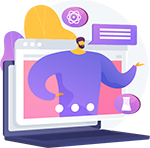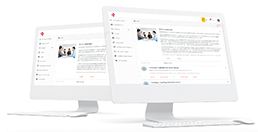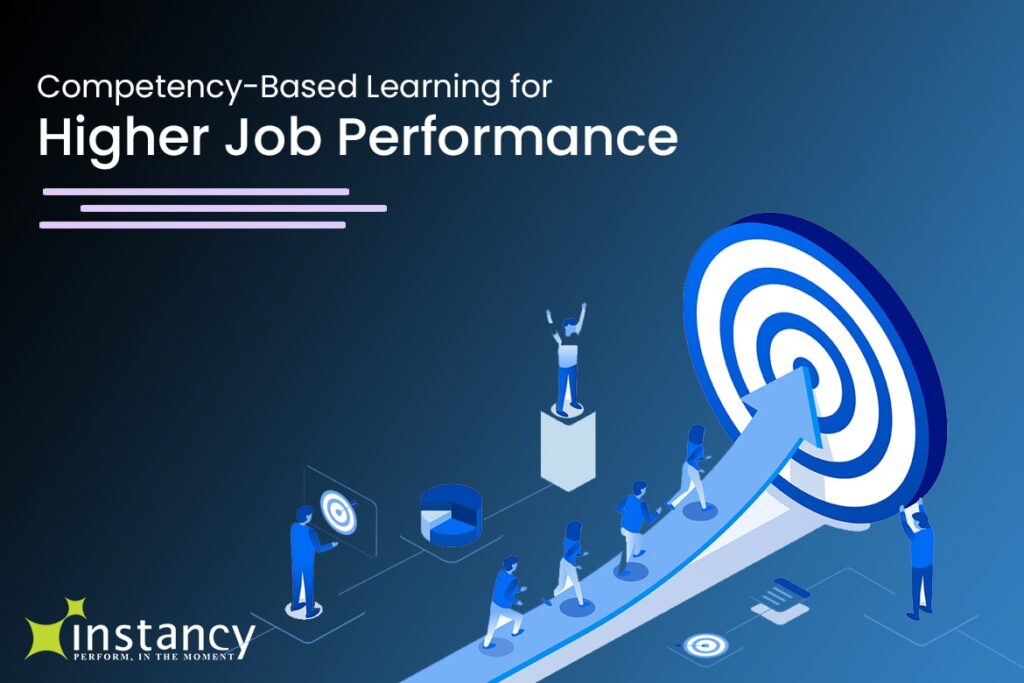Higher Job Performance and Learning Personalization through Competency Based Learning. Learn the important tricks and tips on Competency Based Personal Learning and Training.
Competency Based eLearning for Higher Job Performance
The growing rise of digital learning content and e-learning courses means that there are now a myriad of opportunities for students to gain a meaningful education through the internet. However, directing learners towards the right content and course structure is just as important as providing ample content for learning. Businesses and organizations can choose from different course structures for their employees. One method that has proven to be successful is competency based learning.
While competency based learning has been around for many years, it has recently risen to popularity due to its flexibility, affordability and effectiveness within modern Learning Management Systems. Businesses are able to design learning programs for prospective and current employees that help develop the competencies necessary to excel at their intended jobs.
Rather than measuring the hours a student spends on e-learning courses, webinars or other assignments, competency based learning focuses on what skills a student is mastering. This allows students to work at a suitable pace, while concentrating on the competencies that are most relevant to their chosen line of work.
Studies have shown that students who participate in competency based learning courses will gain a better understanding of the subject material, finish the requisite course work quicker, and be better prepared for entering the work environment. While traditional education is limited by standardized courses, assignments, examinations and course lengths, the flexibility of CBL allows learners to thrive.
Companies often have to face the tough prospect of designing meaningful learning courses for their employees. While each type of organization has their own agenda, required skill set and time frame, they all have the same goal: to provide employees with a learning program that improves their competency in the workplace.
Designing these training programs is further complicated by tight budgets and the varying skill set/learning speed of employees. Companies that are serious about developing their employees’ skills can establish competency based learning plans that will optimize the time, cost and effectiveness of training. Not only will competency based learning programs cost less to enact, but they will also provide better and quicker results.
In fields where job performance is directly correlated to skill and knowledge development, competency based learning is the best way to measure an employee’s development. Employees who enroll in competency based e-learning programs will gain an understanding of the skills required to succeed at their job. They will also be able to assess the gap between their current skills and the required level of knowledge for short and long term success in the workplace.
The first step towards building a competency based learning plan is to establish a competency model for an organization. This allows companies to set the expectations for the relevant job role, along with a defined strategy for improving skills and knowledge. This competency model can be perceived as an agreement between the organization and employee for job performance and corresponding learning expectations.
After a model is established, a company can assess their employees periodically on their progress with the competency based e-learning plan. These assessments are usually a combination of self-ratings, manager/supervisor/mentor ratings, peer evaluations and objective assessment results. In some situations, an employee may direct their own competency and skill improvement. However, most cases will involve the company setting parameters for how frequently job-related competencies are tested.
Each organization will have their own specific method for evaluating base employee skills. A common method is to conduct assessments when an employee joins. This helps in determining their current job-related skill set and the structure of their competency based e-learning plan. Here is an example of the hierarchical order in a competency model:
1. Job Role – A comprehensive overview of the job, which includes tasks, performance conditions and necessary skills.
2. Competencies – A list of skills and knowledge necessary for succeeding at this job.
3. Underlying Skills – Secondary skills that are required for effective job performance. Depending on the job/field of work, these skills may have proficiency levels attached to them.
4. Learning Resources – Each required skill will have one or more learning resources associated with it. These resources are made available through e-learning courses, webinars, classroom training, videos, audio-books, documents, and/or third party websites.
Competency based learning provides the perfect blend of personalized learning, faster course and learning program completion times, better knowledge retention, and cost effectiveness. Modern Learning Management Systems’ competency module makes it easier for organizations to make the transition towards this learning method.
Click here to learn more about implementing the competency based learning.





